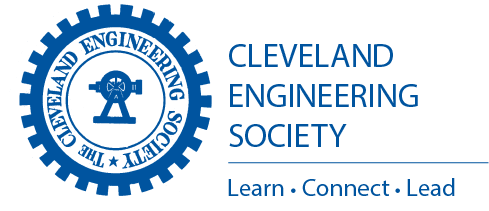
Multigrids Working Group
Cuyahoga Green Energy - Engineering, Procurement And Construction Pre-Qualification List
Problem Statement
The U.S. electric power grid is made up of over 7,300 power plants, nearly 160,000 miles of high-voltage power lines, and millions of miles of low-voltage power lines and distribution transformers, connecting 145 million customers throughout the country. This system of systems has enabled more than a 99% yearly power availability, but is vulnerable to major collapse when power capacity margins are not maintained sufficient to handle large perturbations. Blackouts have increased in number, size, economic loss, and length of time to restore power to all customers. Recent attacks, both physical and cyber, have also heightened awareness of grid security and resiliency issues.
Some of these electric energy system deficiencies have inspired the development of microgrid technologies. Microgrids have limited generating capacity with potentially diverse energy sources, local monitoring/control, energy storage, and utility/island operating modes. The reliance on utility power for redundancy can eventually be replaced by collaborating adjacent microgrids. Larger generating capacity leads to mini and megagrids with similar capability and benefits as microgrids. Collaborating multigrids (micro, mini, mega) can potentially provide the capability to evolve the US power grid with all the benefits of the utility power grid, plus elimination of deficiencies and significant increase in yearly power availability.
The long-term goal will be evolvable, collaborative, modular, scalable electrical power systems that enable micro/mini/macro grid systems to transform electric power grids to achieve:
Lower cost
Higher reliability and resiliency
Sustainable growth
Lower emissions and environmental impacts
Innovation concepts, demonstrations, and infusion
Mission
The greater Cleveland area has a rich history of engineering accomplishments in the automotive, steel, and aerospace industries. These accomplishments were made possible by the engineering design and construction community, represented in the Cleveland Engineering Society, that designed and constructed the industrial and research base. This world class competency is exemplified by the supersonic wind tunnels and engine research building located on the NASA Glenn Research Center (GRC). The development of the multigrid system of systems will require the same level of design engineering excellence, and understanding of technology infusion demonstrated by these previous accomplishments.
This working group activity will utilize CES engineering and business domains to enable understanding of power technologies and design methodologies applicable to the multigrids. Seminars, technical interchange meetings (TIMs), and workshops will be held in cooperation with Universities, NASA GRC, and INCOSE. The Cuyahoga County microgrid effort will serve as a focal point to guide the seminars, TIMs, and workshop planning. The yearly D&C conference will serve as the platform to disseminate progress and information generated from this activity.
Planned Events
Stay on top of all the upcoming events related to our Multigrids Working Group.

